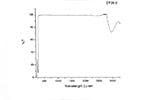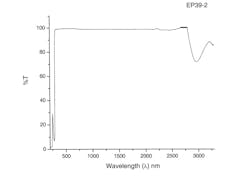Case Study: EP39-2 Adhesive Aids in Photoelectrochemical Application
The Application
University of Hawaii researchers, under the sponsorship of the Department of Energy, were looking to develop photoelectrochemical (PEC) systems to produce hydrogen directly from water using sunlight as the energy source. These PEC systems need to be highly efficient (offering solar-to-chemical conversion rates of 10-15%), potentially low cost and long operating lifetimes.
Key Parameters and Requirements
The researchers determined that the development of multijunction photoelectrodes comprised of a semiconductor, catalytic and protective thin films applied to low cost substrates like stainless steel was the key to achieving their goals. The photo electrodes were fabricated from amorphous silicon (a-Si) and copper-idium-gallium-diselenide (CIGS) and required the use of a highly transparent and stable polymer adhesive as a photoelectrode encapsulant.
The Results
Of the materials tested, Master Bond EP39-2, a transparent epoxy, delivered the best results. Specifically designed for potting optoelectronic devices, this system was found to have excellent optical properties (see graph below) and good stability in potassium hydroxide (KOH).
Sources
1 Miller, Eric, Richard Rocheleau. Photoelectrochemical Hydrogen Production, http://www1.eere.energy.gov/hydrogenandfuelcells/pdfs/30535x.pdf
Read More
For more information, request a technical data sheet on EP39-2

